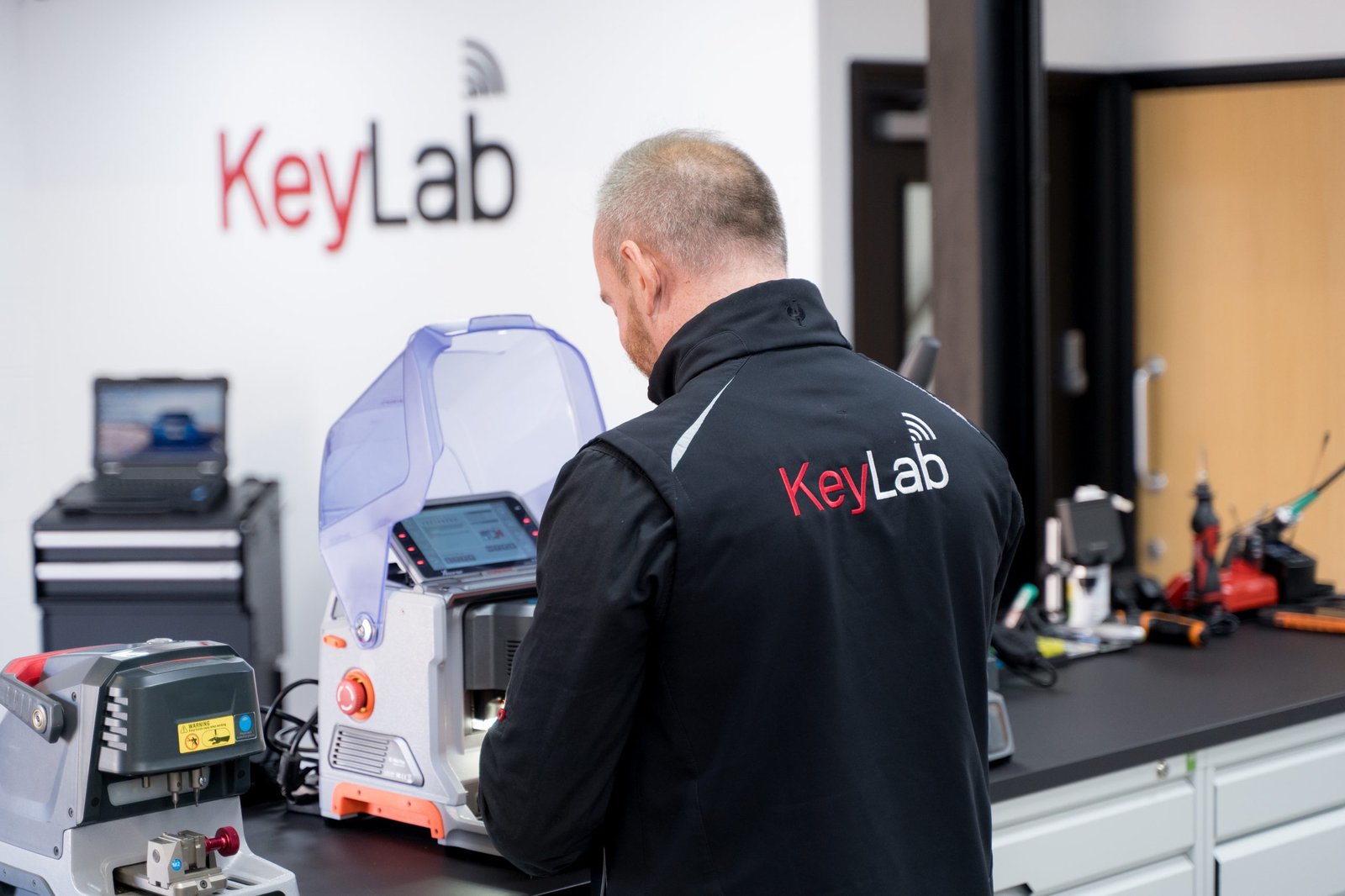Key Replacements: An In-Depth Guide to Understanding and Implementing Effective Substitutions
Intro
In the realm of different industries-- from automotive to innovation-- the term "key replacements" symbolizes the practice of substituting a failing or insufficient element with a new or enhanced variation. Comprehending key replacements is important for maintaining operational efficiency, boosting performance, and making sure security. This post looks into the different aspects of key replacements, exploring their significance, implementation techniques, and typical queries surrounding the topic.
What Are Key Replacements?
Key replacements refer to the procedure of substituting an important component within a system, gadget, or machinery that is essential to its functionality. These replacements can happen in multiple sectors, consisting of vehicle, technology, and even human resources. By proactively recognizing and changing crucial parts, companies and individuals can prevent system failures, keep efficiency, and improve security.
Value of Key Replacements
The importance of key replacements can not be overemphasized; they serve different functions that add to the general efficiency of systems. Some of their crucial roles consist of:
- Preventing System Failures: Key replacements help avoid disastrous failures by resolving worn-out or malfunctioning elements before they create significant issues.
- Enhancing Performance: Upgrading to more recent components can boost system performance, causing better output and effectiveness.
- Cost-Efficiency: Effective replacements can lower repair costs, lengthen the lifespan of the entire system, and ultimately save money.
- Safety Assurance: In sectors like automobile and machinery, key replacements make sure that safety standards are preserved, lessening dangers to workers and users.
- Compliance: In managed markets, prompt replacements may be a legal requirement to fulfill security requirements.
Key Replacement Strategies
Implementing key replacements efficiently needs a strategic technique that aligns with the operational goals of a company. Below are several techniques to consider:
1. Routine Maintenance and Inspections
Carrying out regular maintenance and examinations can assist recognize parts that might require replacement before they stop working. A well-defined maintenance schedule ought to consist of:
- Visual Inspections: Check for noticeable indications of wear or damage.
- Efficiency Monitoring: Track the performance of key parts.
- Usage Analysis: Keep records of how frequently an element is utilized, which can forecast wear patterns.
2. Data-Driven Decision Making
Utilizing data analytics can assist companies make informed choices concerning when to replace key elements. Implementing systems for data collection can cause:
- Predictive Maintenance: Identifying prospective failures before they happen utilizing historic information.
- Expense Analysis: Evaluating the expense ramifications of repairing versus replacing elements.
3. Cooperation with Suppliers
Developing strong relationships with suppliers and manufacturers ensures access to quality parts and timely replacements. Sufficient cooperation can result in:
- Favorable Terms: Negotiating better rates and terms.
- Quality control: Gaining self-confidence in the quality and reliability of replacement parts.
4. Training and Education
Informing and training staff members associated with the replacement procedure can significantly improve performance. Supplying details on best practices and new technologies can help guarantee:
- Maximized Efficiency: Employees understand the optimal techniques for replacing parts.
- Lowered Errors: Minimized risk of mistakes throughout the replacement process.
Types of Key Replacements Across Industries
Key replacements vary throughout markets, each with its particular components and practices. Below are some typical enters various sectors:
Automotive Industry
| Component | Replacement Reason |
|---|---|
| Engine Oil | Avoid wear and enhance efficiency |
| Brake Pads | Make sure security and responsiveness |
| Tires | Improve traction and fuel efficiency |
Innovation Sector
| Element | Replacement Reason |
|---|---|
| Hard disk drives | Improve data access speed |
| Batteries | Restore device mobility and functionality |
| Circuit Boards | Improve gadget reliability and longevity |
Manufacturing
| Element | Replacement Reason |
|---|---|
| Conveyor Belts | Maintain operational performance and safety |
| Security Guards | Maintain health and wellness compliance |
| Bearings | Reduce friction and help with smooth operation |
Frequently Asked Questions About Key Replacements
1. What is Replacement Car Key Fob for replacing key parts?
The most crucial reason for replacing key components is to make sure system dependability and security, preventing failures that could result in pricey downtimes or hazardous circumstances.
2. How often should I think about key replacements?
Key replacements should be thought about based on the particular component's wear pattern, performance metrics, and upkeep schedule. Regular assessments should determine the proper periods for replacements.
3. What should I do if I am not sure about an element's condition?
If not sure about an element's condition, it is recommended to conduct an extensive evaluation, review performance information, and talk to professionals or manufacturers for professional assistance.
4. Is it much better to repair or replace a key element?
The decision to repair or replace a key part depends on cost-effectiveness, reliability, and long-lasting advantages. Frequently, replacement may be more practical when considering life-span and performance metrics.
5. Where can I find trusted replacement parts?
Dependable replacement parts can normally be found through licensed dealers, trustworthy providers, or directly from makers. Always validate their reliability and check reviews before purchasing.
Key replacements are an important element in preserving operational effectiveness and safety throughout numerous markets. By comprehending the significance of these replacements, implementing strategic techniques, and attending to typical inquiries, companies can make sure that their systems remain robust and reputable. Future developments in technology and data analytics will even more improve the depth and precision of key replacements, continuing to drive enhancements in efficacy and security. Engaging proactively with this principle can considerably minimize dangers and elevate total efficiency in any functional context.

